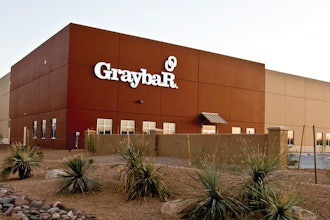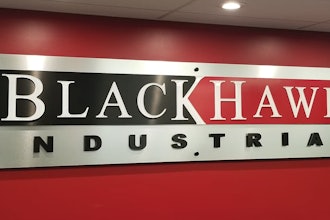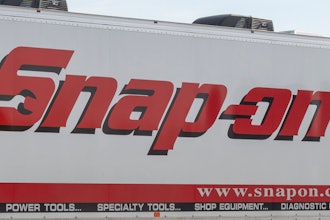While there are a lot of different technology solutions in the market that will help you do different things, if your goal is to align divisions and gain global visibility of your supply chain, the thing that will be most valuable to you is a relational database that is able to hold specific data from multiple sources.
Managing a supply chain is kind like cooking lasagna: You’ve got to keep the layers of your ingredients in order—or, when it comes to logistics, the layers of your organization in order. If you don’t, you won’t be able to create enough structure to keep things from sliding off of the plate.
As a supply chain manager, the things that will fall off of your plate are always going to be dollars. Unfortunately, supply chain managers are usually the last people to be consulted before purchasing departments order new items or marketing departments send out promotional items; often, they aren’t consulted at all. They are left to scramble to put out fires at the last minute, and are held responsible for keeping costs down despite being unable to see or control supply chain costs or having the ability to hold people accountable for the things they do that directly impact supply chain costs. It’s as if they are chefs without any control over the ingredients that others are throwing into or leaving out of the pot. No one can expect to get optimal results when they don’t have control or can’t see what the rest of the people in the kitchen are doing. What’s a hard-working supply chain manager to do?
In any decentralized logistics network, most of the decisions that impact supply chain costs are going to be made by people in departments other than logistics who don’t collaborate with each other, let alone consult with their supply chain manager. Aligning your departments and people is going to be what provides the connectivity you need in order to gain visibility across your supply chain. What do you need to create and support alignment? The short answer is that you need good technology.
The longer answer is that you need good technology because the key to managing a global supply chain is having visibility of logistics costs at a transactional level. You have to be able to query data from multiple departments and systems. Below is a shortlist of everything your supply chain visibility technology should be able to provide.
When it comes to your inbound logistics expense, your supply chain visibility technology should provide:
- line item detail for each inbound carrier used,
- complete tracking detail for each inbound shipment, and
- the total cost of each purchase order placed.
When it comes to your outbound logistics expense, your supply chain visibility technology should provide:
- line item detail for each outbound carrier used
- complete tracking detail for each outbound shipment, and
- the total cost of each customer shipment/order delivered.
When it comes to the cost of procurement, your supply chain visibility technology should provide:
- a complete list of each SKU purchased,
- the ability to identify the sourcing location of each global supplier, and
- the total cost of bid pricing for procurement goods.
When it comes to operations and inventory expenses, your supply chain visibility technology should provide:
- the days items are held in inventory per SKU,
- the total carrying cost per SKU, and
- the obsolescence cost per SKU.
When it comes to sales price per SKU, your supply chain visibility technology should provide:
- historical sales data for all SKUs,
- expense assessments for sales prices versus margins, and
- the total operational and logistics costs for all SKUs.
By importing all of the above transactional-level data into one relational database, a company with a decentralized global logistics network could begin using its collected information to create synergies between departments.
Integrating the cost visibility data of logistics and operations, for example, could allow your logistics and operations departments to access one single data source. That would enable you to determine your actual total logistics cost per SKU. You could take things a step further and create sourcing alignment among multiple departments or divisions by using your supply chain visibility technology to determine cross-divisional purchasing ownership, develop an itemized master SKU list by division, and optimize purchasing power on a corporate level. Taking these actions should optimize your company’s purchasing power while reducing its overall logistics expense.
While there are a lot of different technology solutions in the market that will help you do different things, if your goal is to align divisions and gain global visibility of your supply chain, the thing that will be most valuable to you is a relational database that is able to hold specific data from multiple sources. This is what will empower you, the supply chain manager, to use one single source to obtain all of the itemized inbound and outbound costs per SKU for all modes of transportation globally.






















